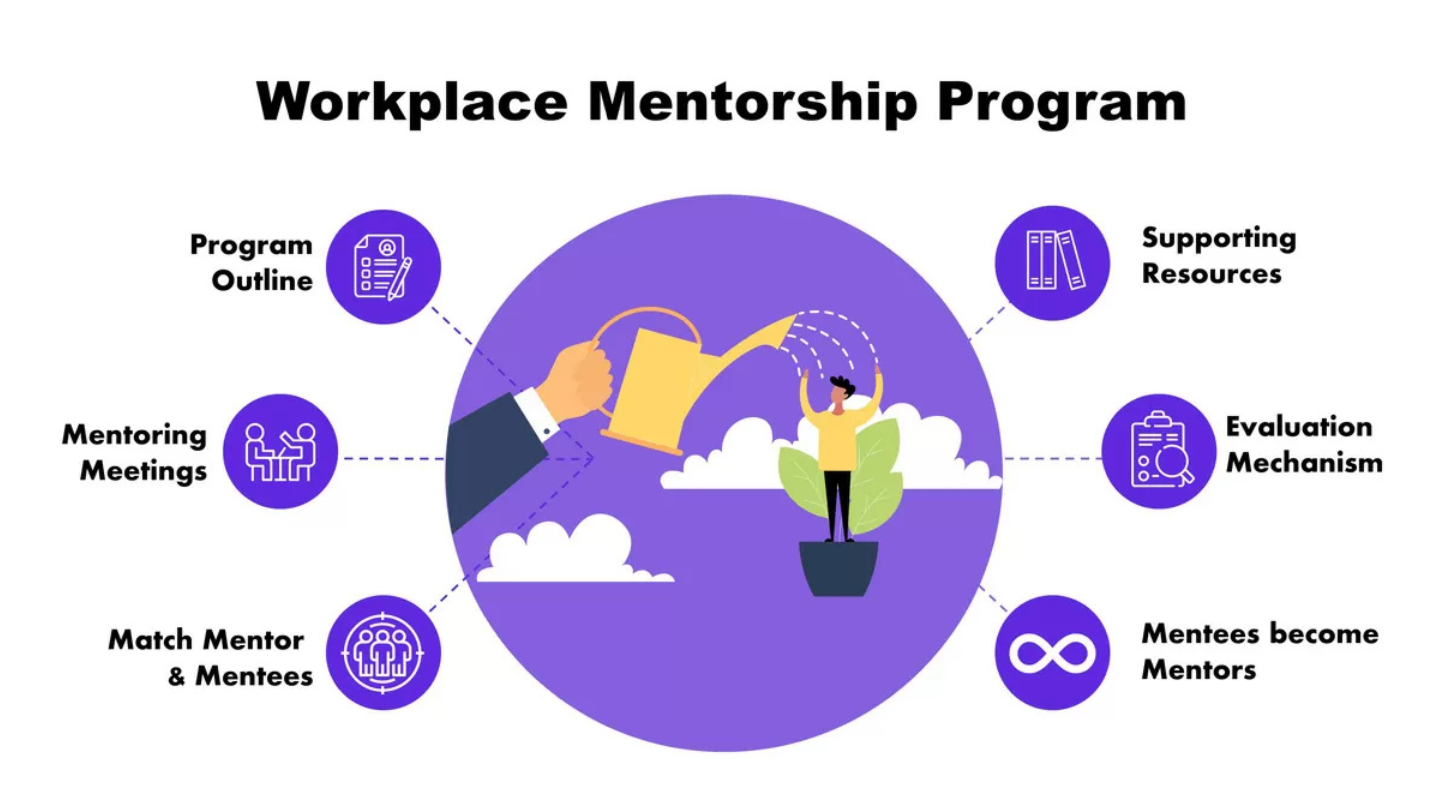November 10, 2024
12 min read
Yooop team
September 10, 2025
3 min read

Mentorship is widely recognized as one of the most effective tools for personal and professional development. For women, who often face systemic barriers such as limited access to leadership roles, unconscious bias, and unequal networking opportunities, mentorship can be a transformative pathway to growth. However, not all mentorship structures are equally effective. To truly help women advance, mentorship must be intentional, inclusive, and designed with women’s unique challenges and aspirations in mind.
Moving Beyond Informal Mentorship
While informal mentoring relationships can be valuable, relying solely on spontaneous connections often leaves many women without access to guidance. Structured programs ensure that mentorship is not left to chance. Organizations that create clear frameworks - matching mentors and mentees based on goals, skills, and career stage - help eliminate the exclusivity that often leaves women out of important networks.
Representation Matters
Mentorship is most effective when women see themselves reflected in their mentors. Female leaders who share their journeys not only provide advice but also serve as living proof that advancement is possible. This visibility helps dismantle stereotypes and inspires mentees to aim higher. However, mentorship should not be limited to women mentoring women. Male allies also play a crucial role by opening doors, challenging bias, and advocating for systemic change. A balanced structure includes diverse mentors who bring different perspectives to the table.
Focusing on Both Skills and Confidence
A strong mentorship structure addresses two critical aspects of growth: technical skills and self-belief. While guidance on industry knowledge, strategy, and problem-solving is important, women also benefit from mentors who help them build confidence, negotiate effectively, and navigate leadership dynamics. Programs that combine skill-building workshops with personal development coaching create more well-rounded growth opportunities.
Accountability and Measurable Goals
Mentorship works best when there is accountability. Instead of vague conversations, effective structures include clear objectives, timelines, and measurable outcomes. For example, setting quarterly milestones or tracking progress toward promotions ensures that mentorship translates into tangible results. Regular evaluations also help mentors adjust their approach to meet the evolving needs of mentees.

Embedding Sponsorship Into Mentorship
True growth requires more than advice - it requires advocacy. Effective mentorship structures integrate sponsorship, where mentors actively use their influence to recommend women for promotions, projects, or leadership opportunities. This shift from guidance to action helps break down barriers and ensures that talented women are visible and considered for advancement.
Creating mentorship structures that truly help women grow requires more than pairing a junior employee with a senior leader. It involves designing intentional, inclusive systems that address skills, confidence, representation, and advocacy. By integrating structured programs, peer networks, measurable outcomes, and sponsorship, mentorship becomes a catalyst for transformation. When done right, mentorship does more than guide women through challenges - it empowers them to lead, innovate, and create pathways for others. In this way, mentorship structures become not just tools for individual success, but engines of cultural and organizational change.